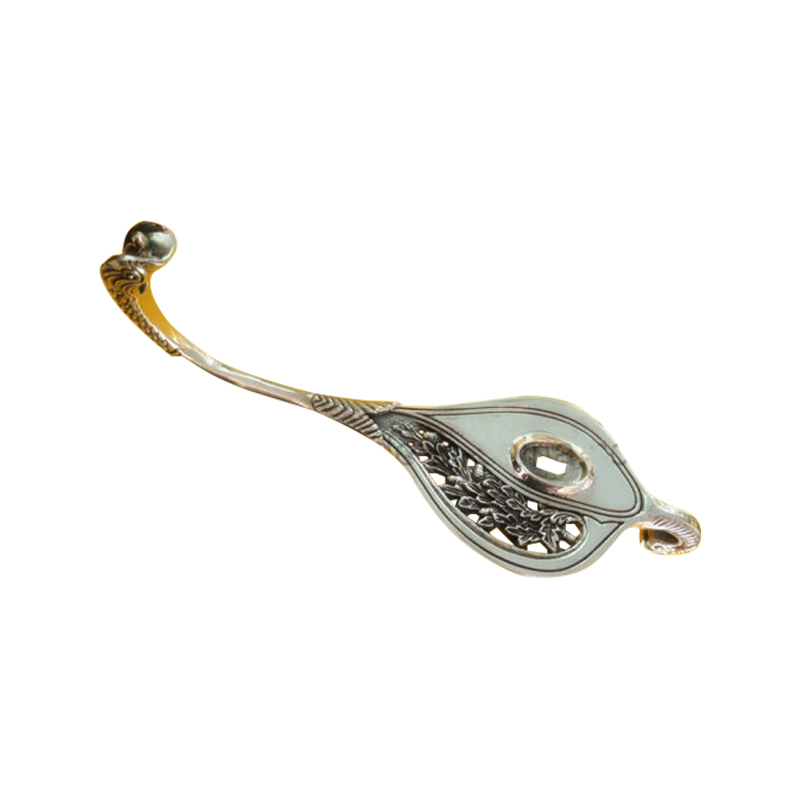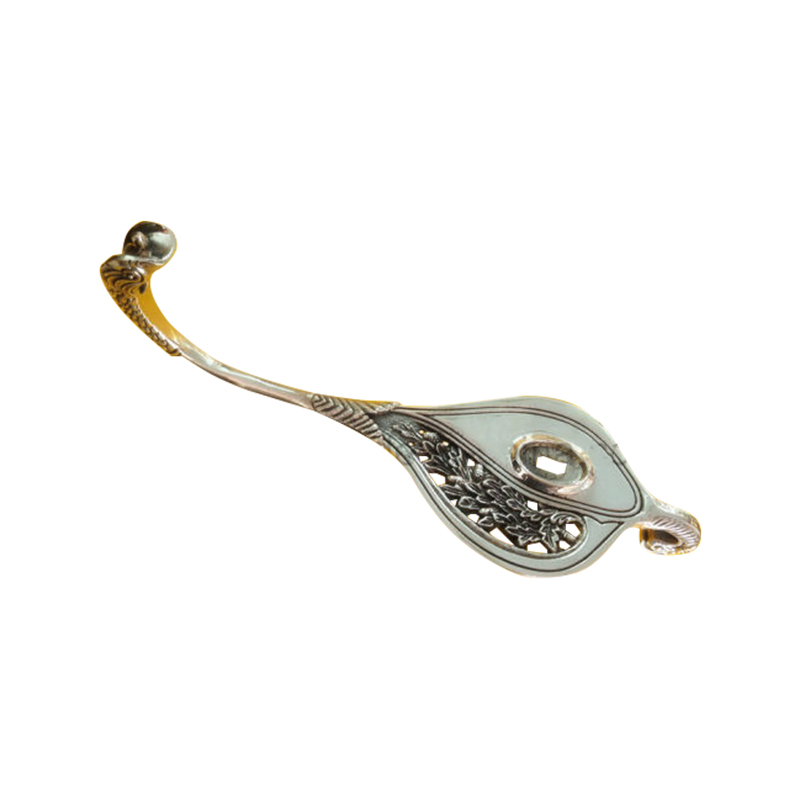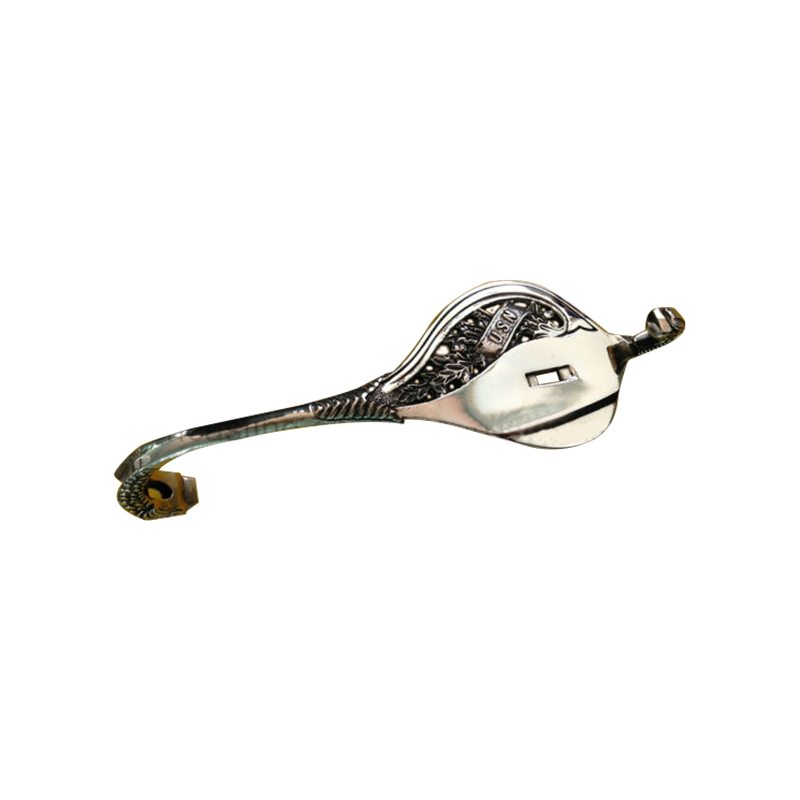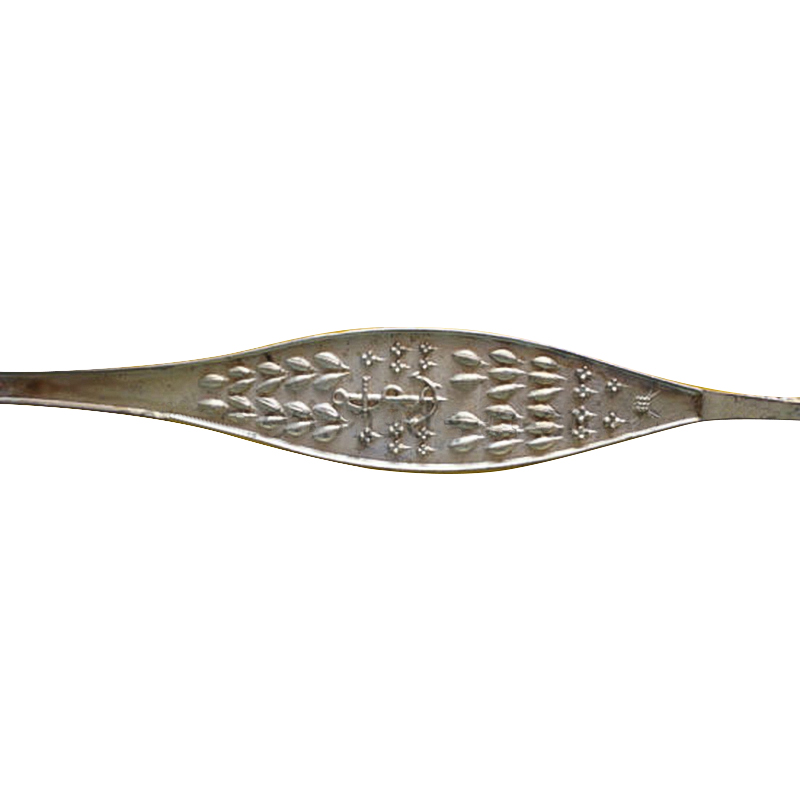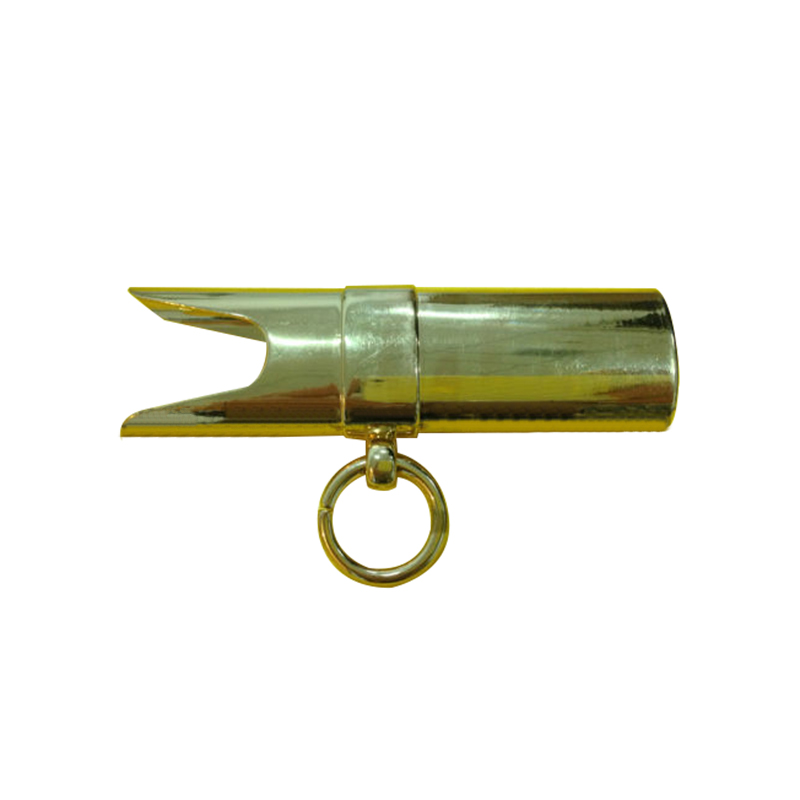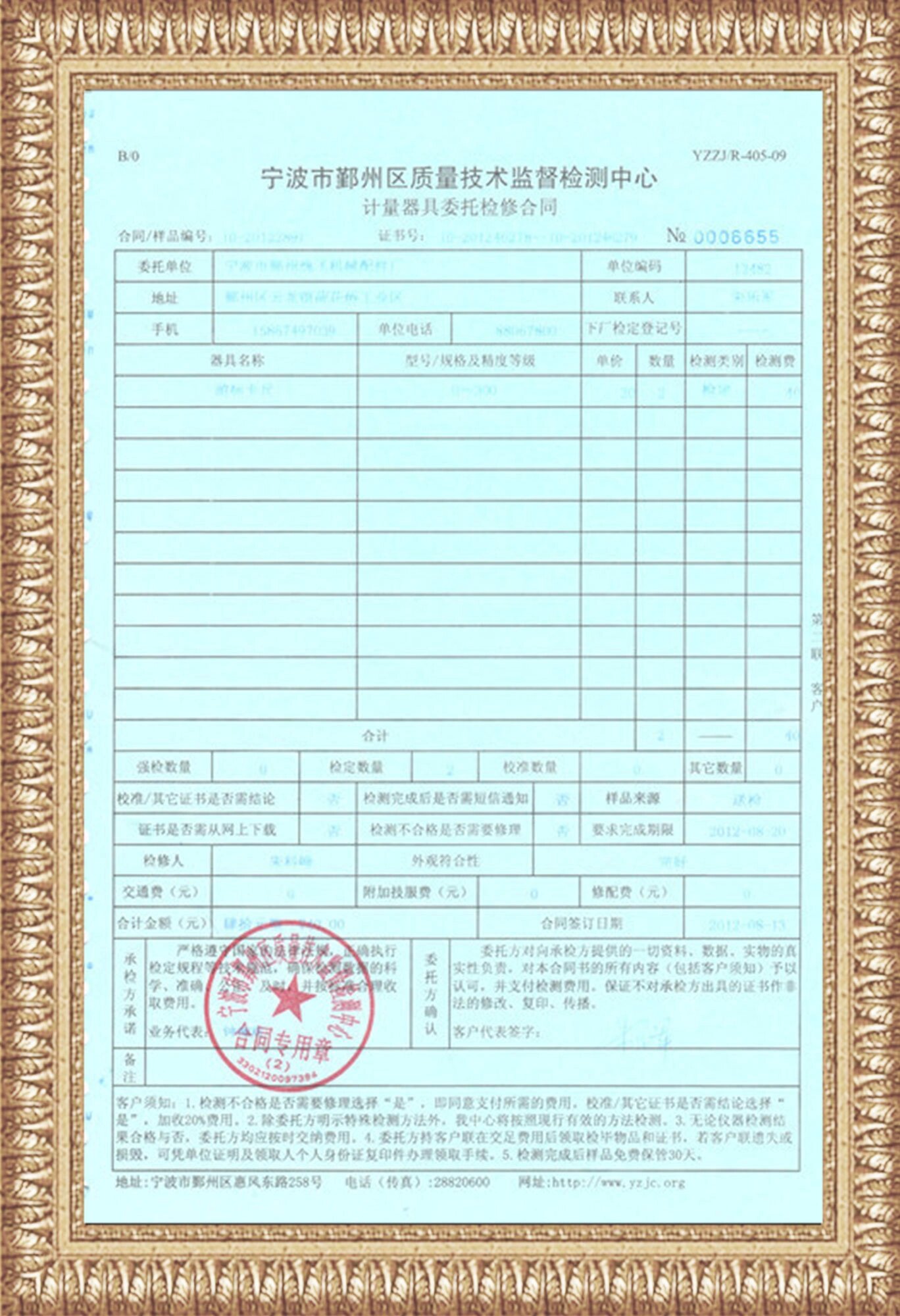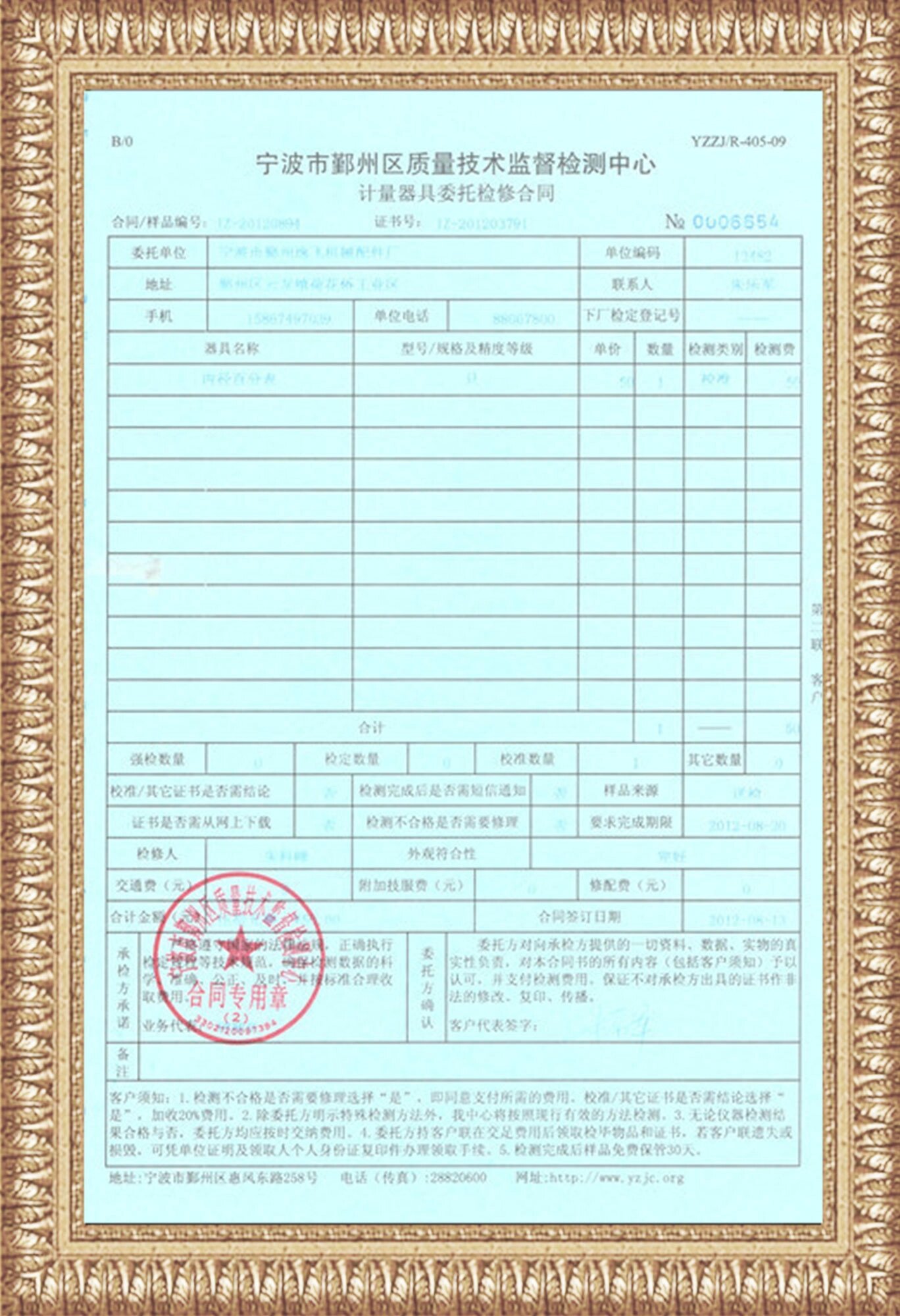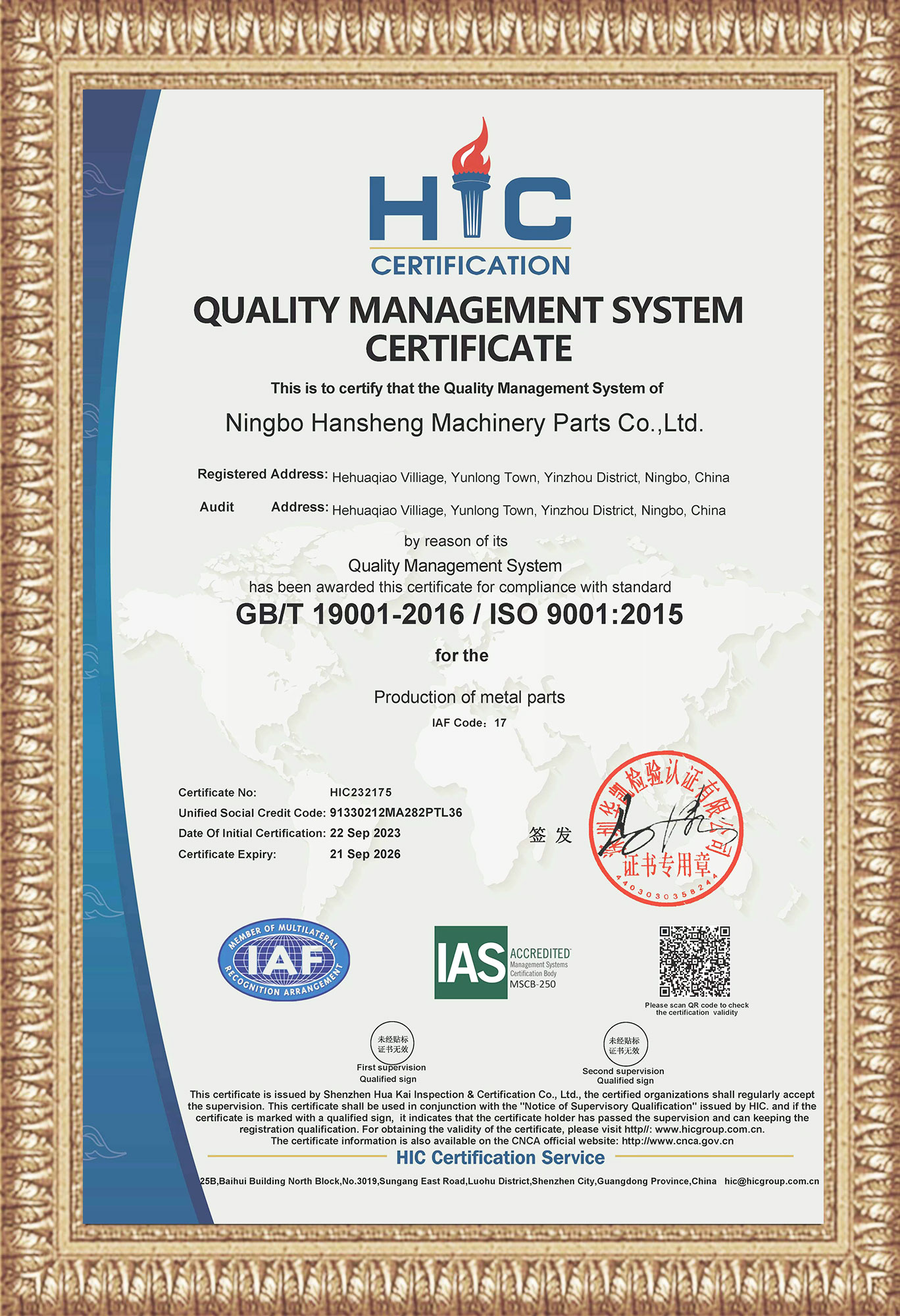Precision casting, also known as investment casting or lost-wax casting, is a manufacturing process that has b...
The scaling of the metal dies used in brass die casting is general and the die should be ejected from the casting equipment (maybe every eight hours) as well as polished. The repeated cleaning will result in dimensional changes, and where component dimensions are significant, machining of the brass casting or part may become essential.
In die casting brass, the mold life is usually given more consideration than the surface finish of the die-cast part. If temperatures are way too low, then scrap parts are made. When the die temperature is way too high, it will lead to blistering. Usual die casting mold, as well as core temperatures, are amid 600F and 1300F. Water or oil is usually circulated through the metal die to control the temperatures. The die lubricant is only sparingly used in brass die casting, because of the tendency of it to burn into the brass casting, leading to defective outputs. Graphite and/or oil is generally used on the tips of the plunger or where the release of the casting is an issue.



 English
English Deutsch
Deutsch 简体中文
简体中文
